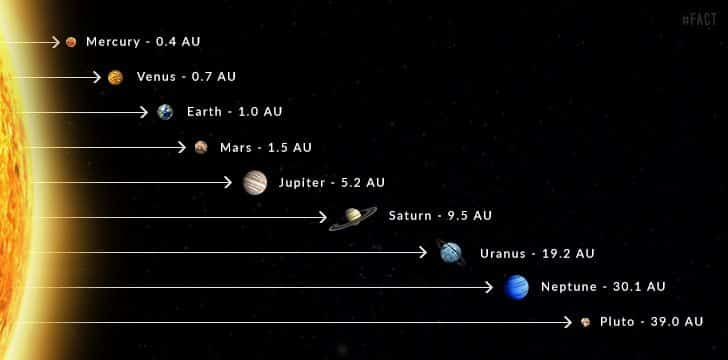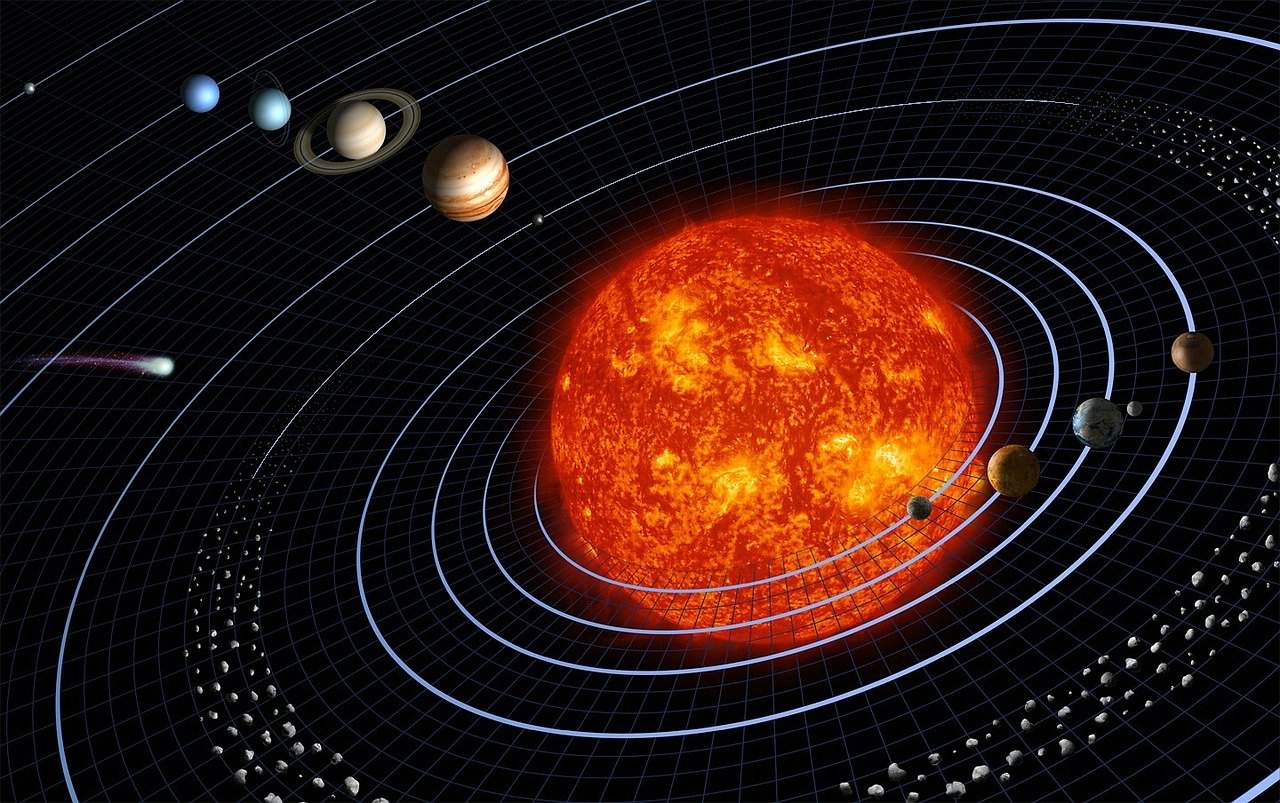Solar System Information - Interesting Facts about the Solar - An Overview

Get This Report about Sun: 50 amazing facts about the star of the Solar System

Venus is swept by super-powerful winds that some hope might harbor lifeVenus is a hellish planet with a high-temperature, high-pressure environment on its surface area. Bone-dry and hot adequate to melt lead, it's not exactly a welcoming environment (and has actually most likely always been unwelcoming to life). When heavily protected Venera spacecraft from the Soviet Union landed there in the 1970s, according to NASA each lasted a few minutes (opens in new tab) or, at most, a few hours prior to melting or being crushed beyond their ability to operate.
Researchers have actually found that its upper winds flow 50 times faster than the planet's rotation. Also Found Here (which orbited the world between 2006 and 2014) tracked the winds over long durations and found periodic variations. It likewise found that the hurricane-force winds seemed getting more powerful gradually.
Could they be an indication of life? Not without adequate water, claim follow-up research studies that firmly reject the possibility of life in Venus' dry windy environment. 8. There is water everywhere, Water was when considered a rare substance in area. In reality, water ice exists all over the planetary system: It's a common element of comets and asteroids, for beginners.
The 8-Second Trick For 100 Interesting Space Facts That'll Blow Your Mind
Mars also has ice at its poles, in frost and most likely below the surface dust. Even smaller bodies in the solar system have ice: Saturn's moon Enceladus, and the dwarf planet Ceres, to name a few. NASA scientists (opens in brand-new tab) suspect Jupiter's moon Europa might be the most likely known candidate for extraterrestrial life since, against all expectations, there is most likely liquid water listed below its split and frozen surface area.

100 Interesting Space Facts That'll Blow Your Mind - The Fact Site

Facts about Mars - Facts for kids - National Geographic Kids

solar system - Definition, Planets, Diagram, Videos, & Facts - Britannica
But we understand that not all ice is the exact same. A close-up assessment of Comet 67P/Churyumov, Gerasimenko by the European Space Company's Rosetta spacecraft, for example, exposed a different kind of water ice than the kind discovered in the world. 9. Spacecraft have actually visited every world, We've been exploring space for more than 60 years, and have actually been fortunate enough to get close-up pictures of lots of celestial things.
The bulk of the flybys originated from NASA's Voyager 1 and Voyager 2, which left Earth more than four decades back and are still transferring information from interstellar space. In between them, the Voyagers clocked visits to Jupiter, Saturn, Uranus and Neptune, thanks to an appropriate positioning of the outer planets.
